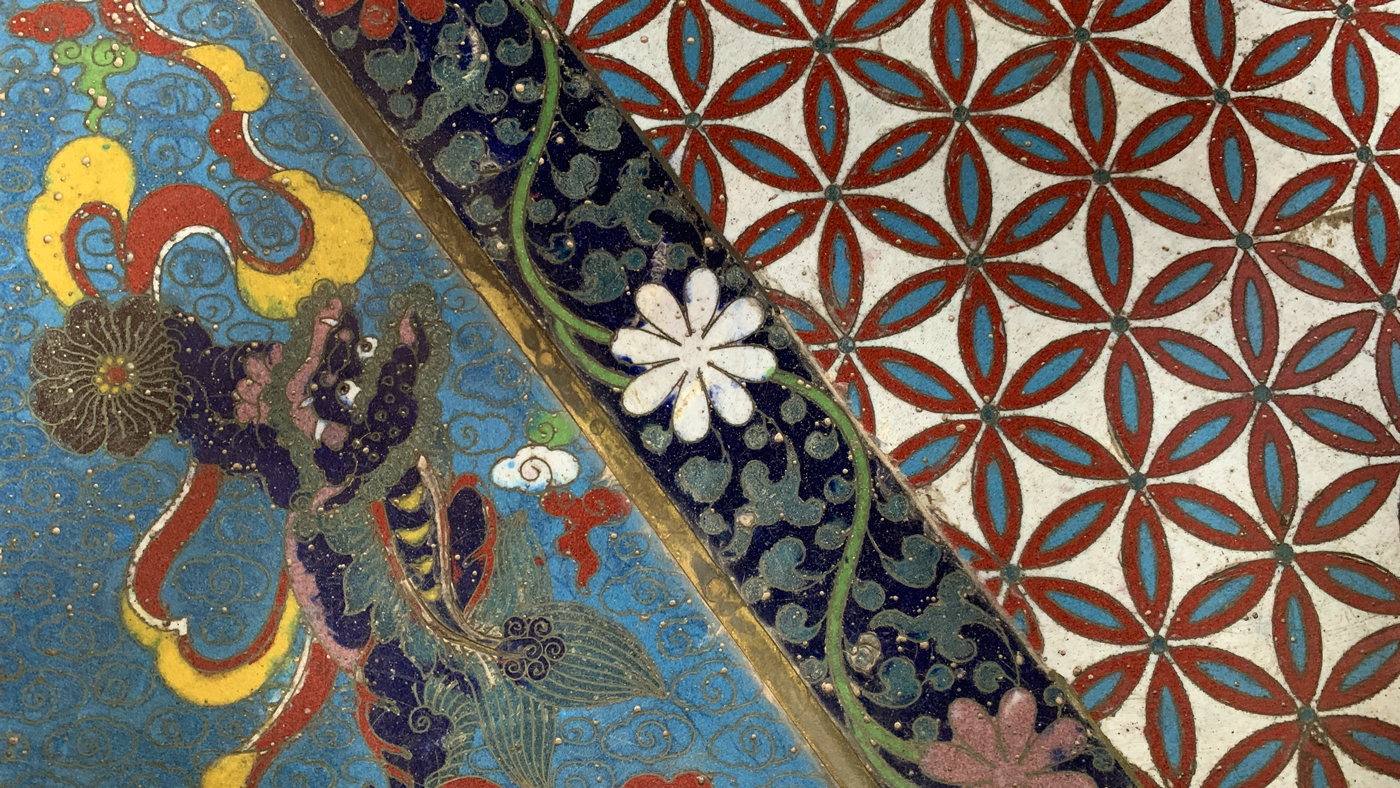Asian Section
The Asian section at the University of Pennsylvania Museum of Archaeology and Anthropology covers all of Asia and has a little over 25,000 objects, although only about 1% is on display at any time.

The Asian section at the University of Pennsylvania Museum of Archaeology and Anthropology covers all of Asia and has a little over 25,000 objects, although only about 1% is on display at any time.

The collection ranges in material from musical instruments and tools, to paintings, jewelry, and clothing.
Most of our objects are kept in storage and used for research and classroom purposes. Unlike many other sections of the museum, the Asian collection has little archaeological material as our focus is largely on ethnographic collections.
Highlights include a large thangka collection from Tibet, a series of textiles from the minority people of China, and numerous examples of blankets and wall hangings from India and Japan.
A large portion of our collection is from China. From early China, we have examples of Shang dynasty oracle bones, Shang and Zhou dynasty bronzes, and Neolithic jades. Oracle bones were used a method of divination by the ruling class during the Shang and contain the first known Chinese writing. Bronze vessels were used in rituals and burials, and were often covered with a monster-like design known as the taotie. Neolithic jades are often in the form of blades, disks with a hole in the center, or cylinders. They are found in burials, but their exact meaning is unknown. Some examples of these objects are in the gallery and others are kept in storage in order to be preserved and studied by researchers and visiting art history classes.
We also have a collection of Chinese paintings on silk that were featured in the February 2001 issue of Orientations magazine. Their subject matter covers landscapes, bird and flower, and animal paintings. In the galleries, we have large wall paintings from China. These were once part of a temple and are similar to paintings found at the Nelson Atkins museum in Kansas City and the Metropolitan Museum in New York.
The Asian section of the museum is most famous for our large collection of Chinese Buddhist sculpture. The Chinese Rotunda showcases our impressive collection of sculpture collected in the early part of the twentieth century, while the Japan gallery focuses on the transmission of Buddhism to Japan. In storage we also have many pieces of Buddhist art from China, as well as from Japan and Thailand.
The South and Southeast Asian collection is one acquired, for the most part, during the first half of this century. The nucleus of the collection was put together by Alexander Scott, who lead a Museum expedition to India from 1915 to 1918. These objects represent one of the earliest collections of Indian art to come to America. They became the focus of study for several pioneering scholars in the fields of South Asian art and culture, including Ananda Coomaraswamy and W. Norman Brown.
The collection covers a time period extending from the 1st century BCE to the 19th century CE, and ranges from architectural fragments and stone images to metal images, textiles and decorative arts. While the collection contains objects from all over India, its geographical focus is on the northern, part of the subcontinent, including Nepal and Tibet. It also includes a small number of objects from the region of Southeast Asia.
The Museum also takes an active archeological interest in the region through fieldwork and publications. W. Norman Brown was instrumental in organizing the 1935‑36 excavation at Chanhu Daro, a settlement of the Harappan Civilization (ca. 2500‑2000 BCE); some of this Bronze Age material can be seen in a loan collection from the Museum of Fine Arts in Boston. Archaeological research since the 1960s includes surveys or excavation in Pakistan, India and Thailand. Most recently fieldwork has been carried out at Rojdi, a Late Harappan site in Gujarat, India; and Ban Chiang, a Bronze Age site in Thailand that has inspired a continuing program of metallurgical investigations in Southeast Asia.